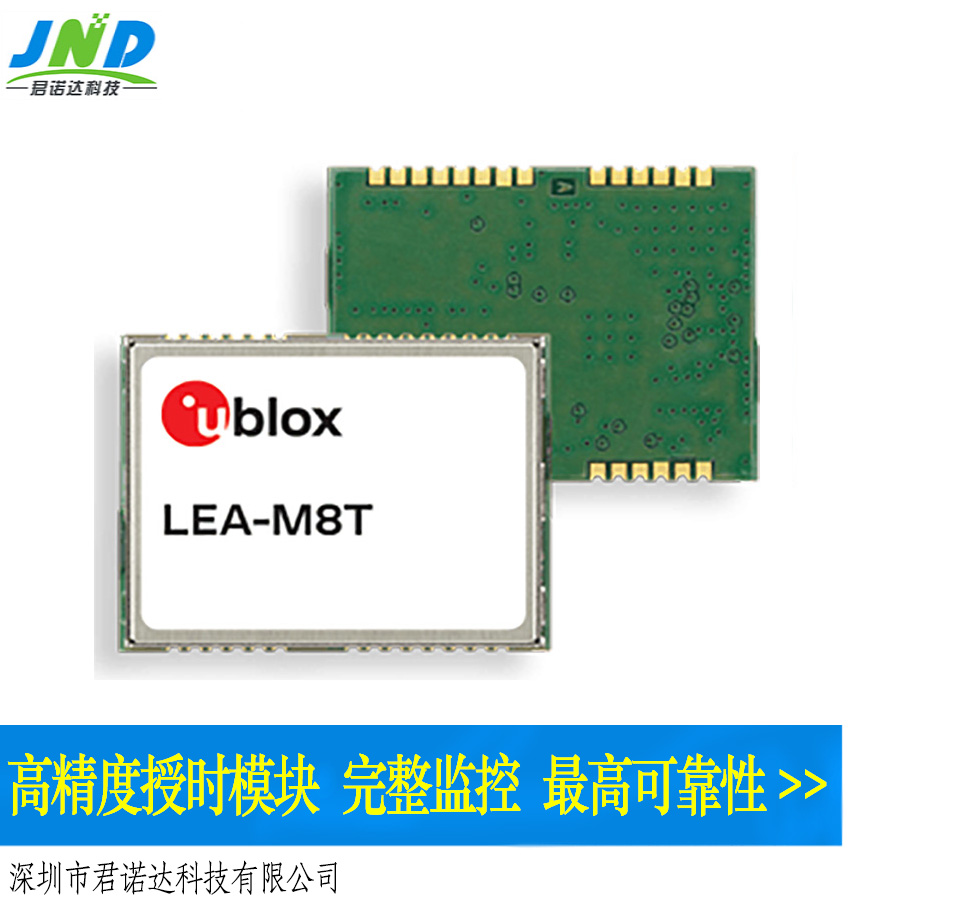Compact Mosaic High Precision GNSS Receiver Module. It is also a multi-frequency, multi-Zodiac receiver with a low output power surface mount module with a wide variety of sockets, designed for applications in all industries such as industrial robotics and stand-alone system software, tracking the full range of GNSS Zodiac signals for today and tomorrow. The distinctive embedded AIM technology has the ability to mitigate interference. Although compact in size (31 x 31 x 4mm, 1.29 x 1.29 x 0.15 feet), the Mosaic module is small in size and reliable. And the Mosaic module is suitable for over 30 signals originating from all six of the twelve GNSS constellations, L-band and a variety of communications satellites according to the enhancement system software. As a multi-frequency module tracking all GNSS communication satellites, it is also designed to accommodate future GNSS signals. It also applies differential signal correction services and applies real-time kinematic (RTK) technology and optimization algorithms to ensure maximum accuracy and ease of use. Mosaic's exterior patch design solution is enhanced for automated technical installation and ease of integration, with a well-documented library and flexible socket library.The main features of the Mosaic module for Septentrio receivers are:
• Small size, good characteristics and sampling frequency up to 50Hz;
•Full line of sight communication satellite tracking: multiple twelve constellations, multi-frequency, first-class dependability and expandable accuracy level, high precision male grading accurate positioning;
•AIM distinctive interference detection and defusing system software and so on up to five kinds of leading technicality;
• industry-leading ultra-low power consumption, to sell all similar machines and equipment on the market the most low power consumption to give RTK accurate positioning;
• Easy to integrate, for automatic assembly carried out to enhance, containing detailed records of sockets, instructions and data information.

The module has five major technicalities, they are:
1. AIM, the market's leading on-board interference suppression and mitigation technology (short-circuit and wideband networks, chirp jammers). It is capable of suppressing a wide range of complex interferences, from the simple, continuous shortcut signals to the most complex bandwidth and single-pulse interferences. The ability to instantly query RF bands in the time-frequency domain ensures anti-interference scalability. Because of the natural disadvantage of weak GNSS signals for long-distance transmission of information and congested wireless communication bands, services based on GNSS are often very susceptible to inadvertent RFI (Radio Frequency Interference) hazards, and they are also very susceptible to intentional RFI attacks, or attacks that are designed to destroy receivers in operation based on imitation of similar GNSS signals (called spoofing), or intentional transmissions containing noisy RF dynamics. Or intentionally transmitting noisy RF kinetic energy (also called jamming) to mask GNSS signals. In order to better counteract this type of interference, Mosaic has chosen Septentrio's AIM technology. AIM is capable of suppressing the most diverse types of interference, ranging from simple persistent shortcut signals to more complex bandwidth and mono-pulse interference. Relying on integrated spectrum analysis technology, it is possible to instantly query the RF natural environment around all Mosaic modules in the time and frequency domains. A reasonable interference prevention measure for GNSS signals must also keep track of the constantly changing RF natural environment. The Mosaic module assists in the understanding of this interference based on the continuous and fully automated supervision of the GNSS frequency bands, which makes it easy to examine, express, record and mitigate the harm of interference when necessary.
2. APME, is the technical nature of suppressing and mitigating signal multipath effects. In most cases, the signal is also reflected from objects around the receiver as well as from the surface. The receiver receives a mixture of irradiated signals plus some reflected surface signals. This condition is called multipath. It causes meter-scale deviations in the accurate measurement of communication satellite spacing (pseudorange and carrier communication phase) and significantly reduces the precision of accurate positioning and timing. In general, multipath is a critical source of bias in GNSS applications. The multipath deviation tends to exhibit an oscillatory mode with meter scale amplitude. The APME multipath bias approach on pseudorange precision measurements. APME applies additional correlators in each tracking radio channel to the multipath bias of possible pseudorange and carrier communication phase difference precision measurements. The accurate measurements are then calibrated by subtracting the possible deviations. Although most other multipath mitigation techniques involve altering the correlator in the tracking radio channel, APME maintains the tracking radio channel unchanged. Tracking alone may be subject to multipath deviations from the signal. Precise measurements of the pseudorange deviation with and without APME technology show that APME reduces the deviation by more than a factor of two. All Septentrio receivers have APME turned on by default, and APME also specializes in optimization algorithms for short-delay multipath.
3. LOCK, is a set of techniques that guarantees stable signal tracking in the presence of rapid signal transitions (e.g. vibration analysis or shock, seismic hazard or ionospheric scintillation). In high cases, LOCK can be of great assistance, but this comes at the cost of a slight increase in precision positioning noise. In order to better prevent the noise from being elevated during redundancy, the Septentrio receiver automatically recognizes the type of motion the wireless antenna is subjected to and turns on the LOCK only when necessary to keep the noise level lower after a steady workout or when the receiver is stationary and completely self-activated without the need for the customer to do anything physical.
4. RAIM, Receiver Independent Integrity Monitoring Technology, consists of a system of receiver common failure verification at each level, including precise measurements, quality management, and conversion to navigation bar prompts. Precise measurements of common faults detected, generally caused by high multipath or oscillating ionosphere, are excised from the resulting solution.RAIM is based on careful evaluation of all observations and deviations originating from statistical analysis features are possible. This statistical analysis is characterized by the integration of dynamics and the natural environment, in particular the car rate, the multipath compressive strength, the air standard, the signal compressive strength, etc. The receiver detects the deviation of the signal on the basis of several statistical analyses. The receiver detects the internal consistency of the precise measurements based on several statistical analysis tests. If a problem occurs, it will cause an alarm, and the receiver will try to fix the solution or switch to another accurate positioning method.
5. IONO, which is given to ionospheric scintillation detection, takes effective precautions to improve the receiver's operating characteristics.GNSS signals are subject to mapping and transmittance in the atmosphere, especially in the ionosphere. In the ionosphere, the molecular structure and molecules of the air become energized or hydrolyzed because of the interaction of the air with energetic particles originating from the solar system. When there is an asymmetry in the ionosphere, the scintillation problem of communication satellite signals occurs, causing the position and amplitude of navigation satellite signals to scintillate, in other words, to fluctuate. Scintillation is more frequent and pronounced in the cities around the magnetic earth's equator, and is the most common in both directions, but to a lesser extent. Similar to other weather phenomena, scintillations are generally unpredictable with their outward shape. To put it bluntly, ionospheric scintillation events reduce the quality of communication satellite signals. In a standard GNSS receiver, minor scintillation can reduce the accuracy level by several meters. More pronounced scintillation can cause phase differences to occur, or in the most extreme cases, cause the signal to go completely out of lock. septentrio receivers are equipped with Iono technology, which allows the receiver to track the signal again in the event of a scintillation event. It also identifies flicker events and limits any adverse effects they are likely to have on accuracy levels.














